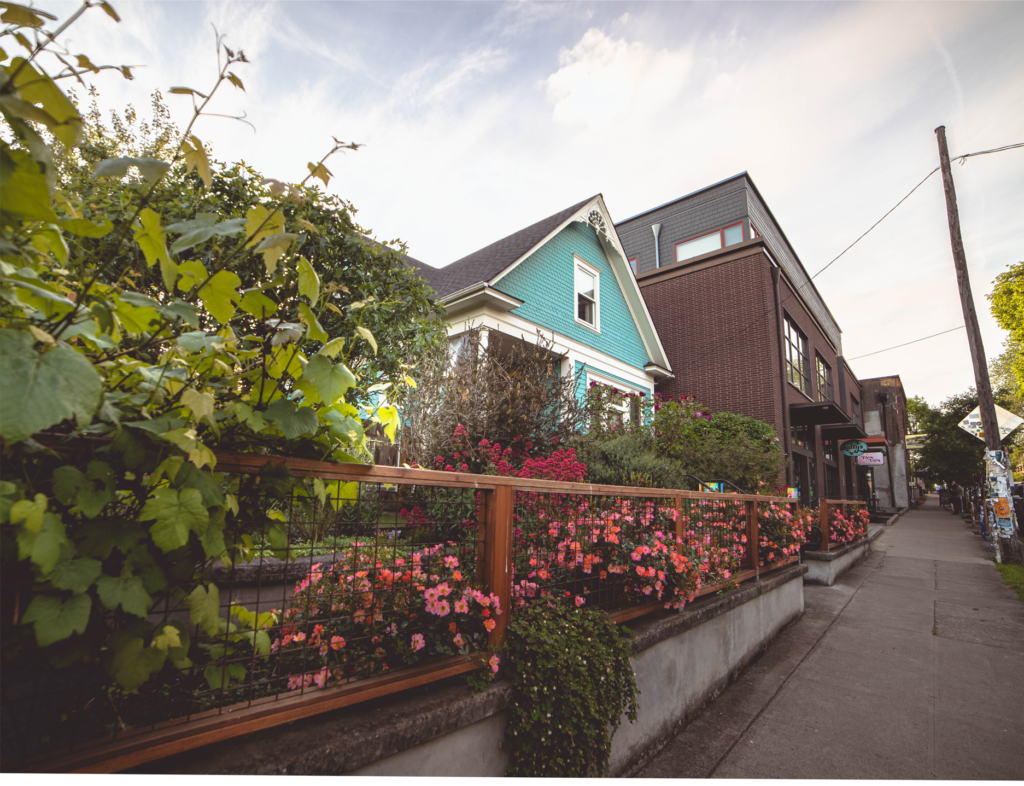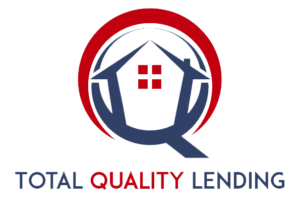
Learn how you can save money by understanding your mortgage payments options.
How Total Quality Lending is different.
Mortgage Payment Breakdown
Understanding more about your mortgage payment and overall out-of-pocket expenses can help you save money- and even reduce the term of your loan. This is arguably the biggest and most complicated financial transaction of your life and mortgage payments are very complex, with multiple parts that change over time.
The good news is you can link with someone on our team to educate you through the components of your single mortgage payment PITI and use that to potentially reduce your payment- and even the term of your loan. Here are the four parts of your mortgage payment:
Principal
This part of your payment goes to pay down your loan balance (how much of the principal you owe). If you borrow $100,000, the principal (before you make any payments) is $100,000.
Interest
(The percentage of the principal amount that you pay over the life of the loan). It’s the fee charged for receiving the money in the loan. The part of your payment that goes to interest starts out high but decreases as you pay down your principal.
Tax
(Your property tax). Wherever you live, you have to pay tax on your property—which your local government uses to fund public services such as schools, police forces, and fire departments. The amount you pay is typically a percentage of your property’s assessed value (which is usually less than its true market value). So if your property’s assessed value increases, your property tax goes up. You paid your first years’ worth of property tax as part of your mortgage closing costs.
Insurance
(Your homeowner’s insurance; also called “hazard” insurance). It’s an insurance policy you pay for that protects your home and its contents from fire, theft, and other kinds of loss. You paid your first years’ worth of insurance payments as part of your mortgage closing costs.
Benefits of Paying PMI
Did you know paying PMI comes with one major benefit: the ability to buy a home without waiting to save up for a 20 percent down payment. Home prices are continuing to climb, hitting an all-time high according to the National Association of Realtors. A 20 percent down payment at these current home prices is more than $70,000, which can seem like an impossible figure for many first-time homebuyers.
Instead of waiting while saving, paying PMI allows you to stop renting sooner. Homeownership is generally an effective long-term wealth-building tool, so owning your own property as soon as possible allows you to start building equity sooner, and your net worth will expand as home prices rise.
If home prices in your area rise at a percentage that’s higher than what you’re paying for PMI, then your monthly premiums are helping you get a positive return on your investment on your home purchase.
How to Stop paying for Mortgage Insurance
Private mortgage insurance (PMI) may add to your monthly mortgage expenses, but it can help you get your foot in the homeownership door. When you’re buying a home, check to see if PMI will help you reach your goals faster. We can help you compare options — that way you can receive the best rate and terms for your specific financial situation.
How to stop paying PMI:
- Build equity in your home over time. Your mortgage servicer is legally required to stop charging PMI premiums once your balance hits 78 percent of the original loan. (Note, this does not apply to FHA loans. You can only cancel FHA MIP if you put down at least 10 percent on your home and when you reach the 11-year mark in your repayment schedule.)
- Contact your servicer when you have 20 percent equity. You can press fast-forward on that automatic PMI cancellation when your balance reaches 80 percent of the original loan. At this point, you can request to cancel PMI.
- Get your home appraised. Reaching that magic 20 percent equity marker doesn’t just involve paying down your principal over time. If your home’s value has appreciated since you purchased it, you can contact your lender to request a professional appraisal. According to HomeAdvisor, an appraisal will cost around $350 — a small price that can quickly be recouped after a few months of cheaper payments.
- Refinance your mortgage. Refinancing your mortgage is another option that will include an appraisal. This process costs quite a bit more, but it can make sense if your original mortgage had a high-interest rate. Use our finance calculator to estimate if refinancing is the right move for you.
Conclusion
Understanding your mortgage payments will pay off significantly. Link with someone on our team to discuss your options.
